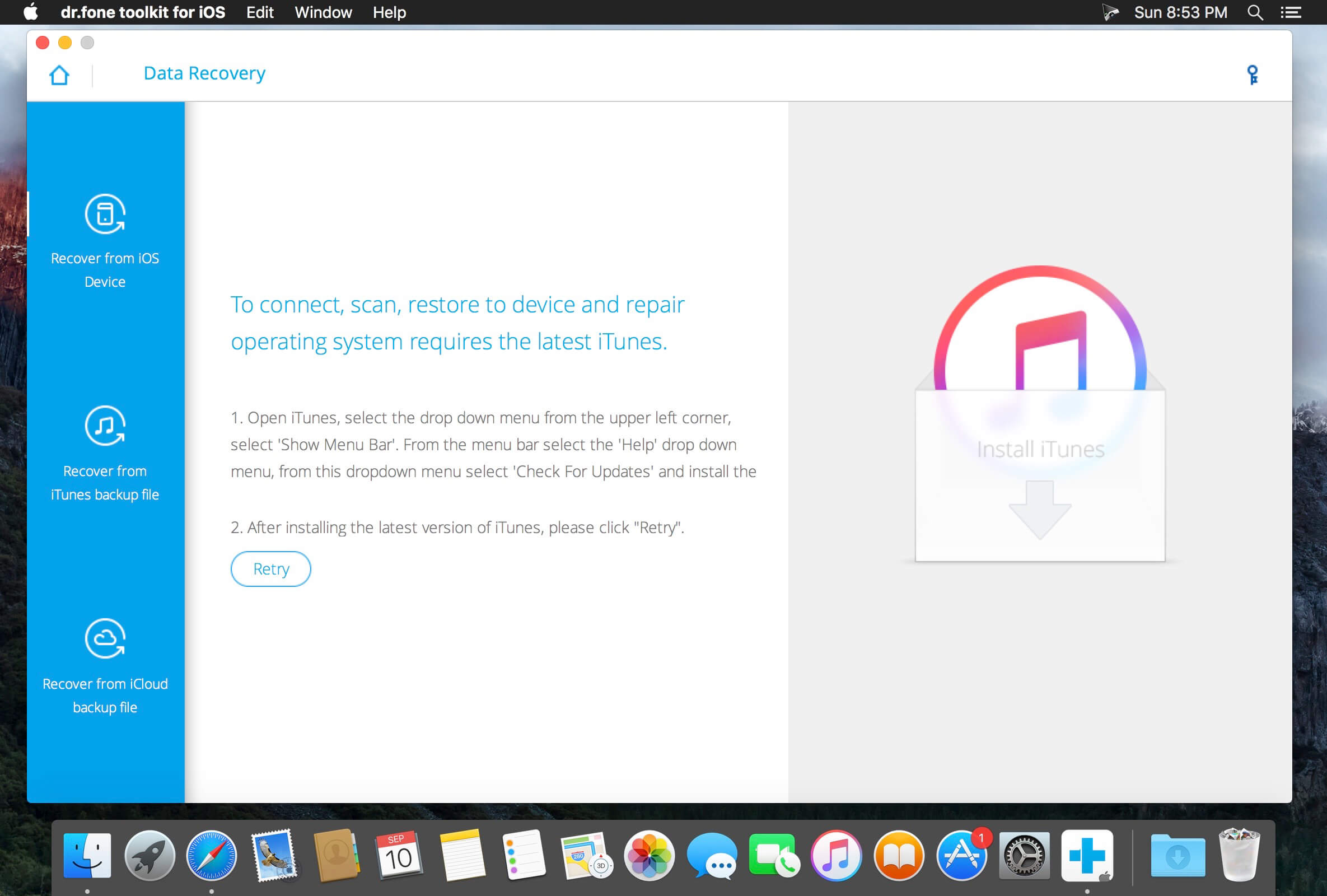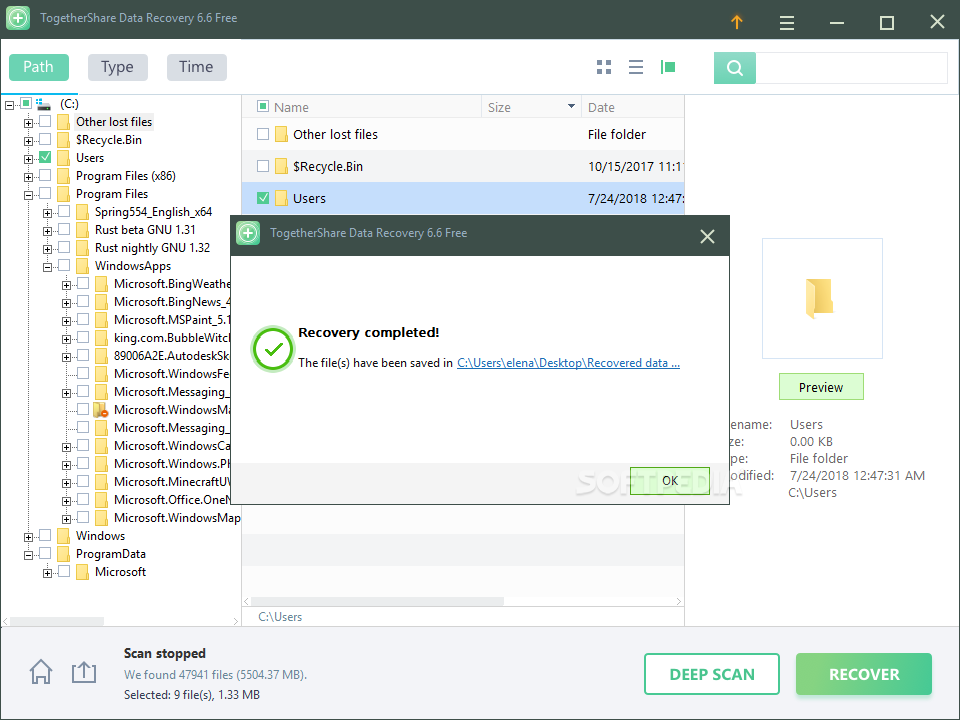

- Togethershare data recovery contact number software#
- Togethershare data recovery contact number windows#
Users work off the backup virtual machine (VM), and the recovery process begins in the background. Data recovery techniquesīy sending user workloads to the backup server, instant recovery, also known as recovery in place, aims to remove the recovery window. Transporting cassettes comes with its own set of dangers. It takes time to recover essential programs and data from tape, and you may need to access your data right away after a disaster.

Most data recovery systems use many technologies, so businesses aren't only relying on tape to retrieve data. Some programs can be used to manually reassemble the file headers, allowing at least a portion of the file to be recovered. Many programs, such as Microsoft Office, use standard headers at the start of files to identify them as belonging to that program. Even if the file is physically destroyed, it may be rebuilt. There are alternative options for retrieving the file if it is damaged, lost, or encrypted. It is possible to restore a file if it still exists and is not corrupted or encrypted. The file that has to be retrieved might still be in perfect form on the hard disk. It's generally simply the file allocation table that has to be retrieved when data needs to be recovered. The allocation table functions similarly to the table of contents of a book, while the actual files on the hard drive function similarly to the pages of the book.
Togethershare data recovery contact number windows#
A file allocation table, for example, is used by the Windows operating system to keep track of which files exist on the hard drive and where they are stored. Since a document and the knowledge about that item are kept in separate locations, data recovery is feasible. Data recovery services may also be used to recover files that were not backed up and were mistakenly wiped from an user's file system, but which are still scattered around the hard disk.
Togethershare data recovery contact number software#
Many desktop and laptop backup software systems, for example, allow users to recover lost files directly, but restoring a damaged database from a tape backup is a more involved procedure that necessitates IT assistance.

How does data recovery work?ĭepending on the conditions of the security breaches, the data recovery software used to build the restoration, and the backup target media, the data recovery method differs. Physical damage to storage systems or conceptual corruption to the file system to stop it from being installed by the host operating system may need recovery (OS). Data is often recovered from storage media such as foreign or domestic hard disk drives (HDDs), solid-state drives (SSDs), Usbs, magnetic media, CDs, DVDs, RAID devices, and other electronic devices. Furthermore, none of the available restoration methods can deal with scenarios of permanent erasure, which occurs when another piece of data fills its storage space.ĭata recovery in computing is the process of recovering deleted, unavailable, stolen, corrupted, damaged, or distorted data from secondary storage, removable media, or files when the information stored in them cannot be retrieved normally. For example, data recovery does not cover circumstances in which a file was never written to persistent storage, such as documents that were generated but could not be saved to the hard disk drive due to a power outage. Various ways are utilized to recover the missing files, but only if their content is present someplace inside the storage. Data recovery is the process of recovering information from a storage device that cannot be accessible by ordinary ways owing to previous deletion or damage to the digital medium. The process of recovering data that has been lost, unintentionally erased, damaged, or rendered unreachable is known as data recovery. The following article defines data recovery and discusses the most frequent data loss issues as well as solutions. Fortunately, data stored on a digital medium can nearly always be recovered. Human mistakes, software defects (such as computer viruses), power failures, and hardware problems are all common reasons for lost files. Despite the ever-increasing dependability of storage technologies, digital data loss is still a typical occurrence.


 0 kommentar(er)
0 kommentar(er)
